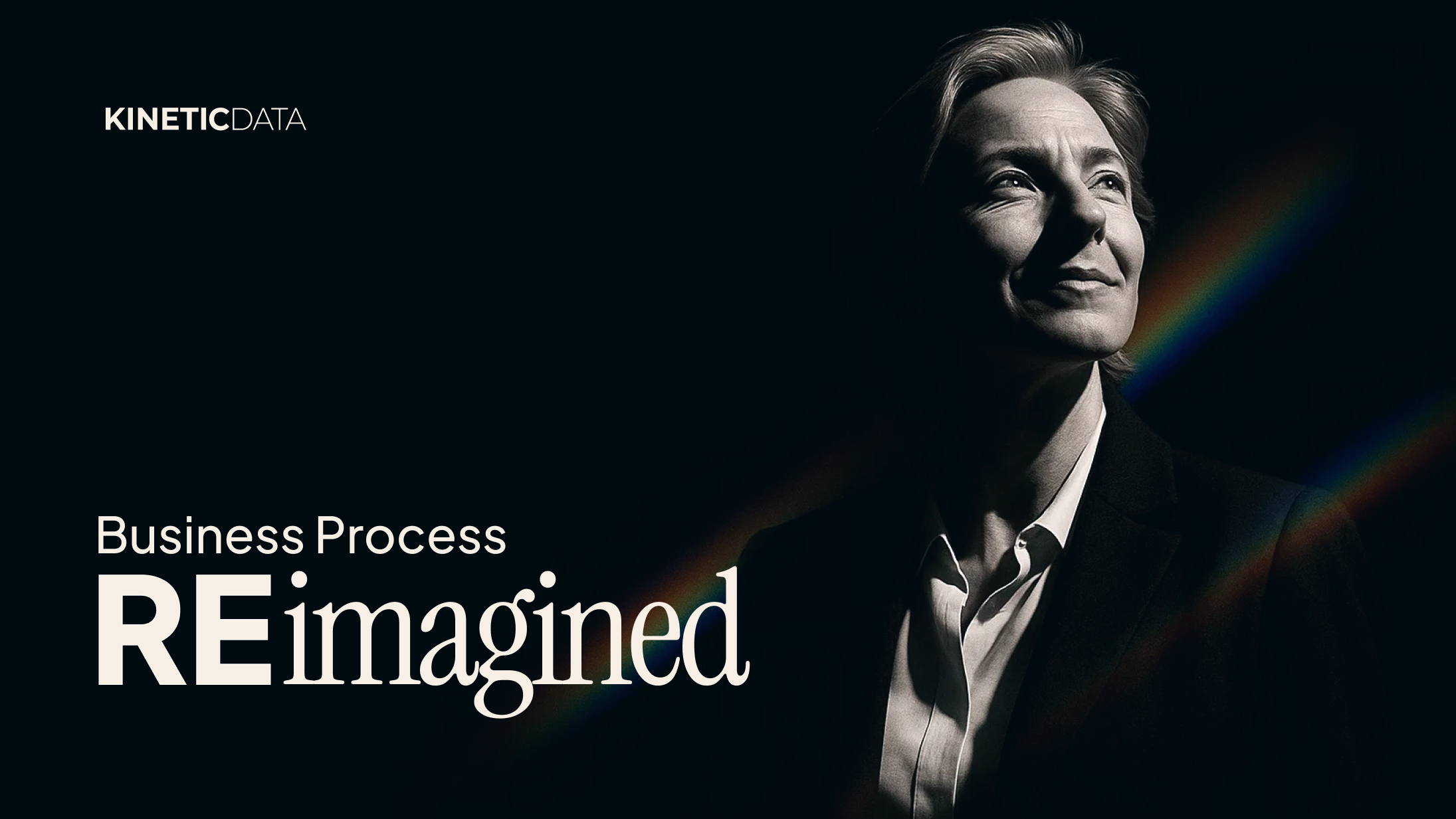Comprehensive Guide to Enterprise IT Service Automation
IT support automation uses software workflows, rule engines, AI/ML, and integrations to automate...
HR leaders are carrying a heavy load, especially in today’s hybrid work model. Learn why complete onboarding provides better outcomes for new employees.

HR leaders are carrying a heavy load, especially in today’s hybrid work model. Learn why complete onboarding provides better outcomes for new employees.
Properly onboarding your organization’s employees — the progressive sequence of steps designed to get them comfortable and productive in their new role — has never been more important than it is right now. With record numbers of workers voluntarily leaving their jobs and labor shortages across industries, it’s critical to get this process right … the first time around.
When it comes to your new hires, speed to productivity is imperative for both you (ROI) and your new employee (satisfaction). The Great Resignation has made onboarding and IT provisioning all the more integral as a “first impression” of your organization. Keep this reality in mind too: the experience you’re able to provide your new hires — will likely be shared on Glassdoor or related review sites.
The stark truth is that yesterday’s tools and processes simply don’t fit today’s hybrid or remote work environments with complex technologies and regulatory compliance frameworks. As a result, a new approach is required to integrate the myriad end points of an employer’s work environment reliably, consistently, and simply.
How does onboarding work today? Several common themes we’re hearing in our discussions with human resources (HR) leaders include the following:
Done well, onboarding and provisioning will undoubtedly help new employees more quickly assimilate into your workplace and become productive, contributing members of the organization. It provides the time, training, and resources new hires need to successfully settle into their roles, clearly understand their objectives, and form relationships with co-workers. A solid onboarding process makes employees feel welcomed, engaged, and open to recommending your company to other job seekers.
On the other hand, a poorly managed and executed onboarding process reflects badly on your organization. New hires may regret their decision and consequently leave prematurely.
HR professionals are, by nature, busy people with a great deal of responsibility on their plates. Although onboarding is a key part of their job, it’s one they don’t want to have to do more frequently than necessary due to high employee turnover.
Furthermore, each time a business replaces a salaried professional, it can cost organizations an average of six to nine months’ of their salary. If you’re hiring 200 or more employees per year and 10% leave because of a bad onboarding experience or their expectations weren’t met, you’ll be faced with a potentially huge expense.
Over the past year, the Kinetic Data team has had extensive discussions with HR leaders at mid-sized and large enterprises across the country. Here are the top seven the most urgent (and daunting) concerns we’re hearing about the onboarding and provisioning process:
The terms “onboarding” and “provisioning” have oftentimes been confusing or even used interchangeably. But the reality is that they are quite different things.
Onboarding is an HR function. It begins before the new employee’s first day on the job and includes tasks like getting the offer letter signed and completing the W-4, drug tests, and payroll setup. The onboarding process continues through education about company policies, safety, and culture, and it progresses to focusing on the employee experience and following up with surveys and NPS measurements.
Employee provisioning, on the other hand, is about providing employees with all of the tools necessary to do their jobs, from a desk and chair (if they’re actually in the office) to a laptop and the proper level of access to all of the systems and apps they’ll be using. It involves:
It’s one component, albeit an incredibly essential component, within the overall onboarding process. As with onboarding, when provisioning is done well, everyone benefits: HR, IT, the hiring manager, and the employee. But the big problem is what HR leaders often refer to as “the elephant in the room” — everyone involved is responsible for certain tasks, but no one has the holistic responsibility of the entire employee provisioning process.
Who owns this entirely crucial cross-departmental collaboration? It’s often assigned to HR, but HR has no direct control of technology provisioning or even the necessary expertise for proper execution and management. IT owns provisioning yet is not privy to all the requirements in terms of the correct apps and access levels for each and every role inside the organization. The hiring manager should have this information but unfortunately has no expertise in either HR tasks or the technical aspects of employee provisioning.
Everyone involved with the provisioning process is inhibited by the lack of a centralized location or dedicated employee portal where hiring managers can submit requests to IT and HR can integrate with back-end systems for fulfillment, with complete visibility into the status of every request and task. The bottom line? Onboarding and provisioning success are about a whole lot more than an awesome swag bag.
The internet is teeming with copious provisioning guides and checklists detailing the many tasks to be completed as part of the employee onboarding and provisioning process. From completing all new-hire forms (e.g., tax withholding, direct deposit, confidentiality agreement, emergency contacts, etc.) to arranging team building activities and one-on-one meetings with the employee, to providing the employee with their access badge and a new-hire welcome kit, it’s a mammoth, time-consuming job.
As one HR leader told us, their company has, “on average, 26 steps that HR goes through to get a new hire ready on Monday morning. This means that on Sunday night, that HR professional is stressed out and scrambling to complete a long list of tasks to get this new hire ready to rock and roll.”
And if we’re being completely honest, the HR world really doesn’t need anymore checklists.
What HR leaders do need right now is a straightforward, reliable way to provide new employees with the right equipment, the right access, and all of the right pieces required to make that employee active and productive on day one.
The Kinetic Platform can simplify and automate the required tasks to reliably enable workers to do their jobs. In addition, it provides key insights about the process to enable continuous improvement and accelerate new hire speed to productivity.
HR professionals don’t have the bandwidth to manage all the details of provisioning and the overall onboarding process. The Kinetic Platform is not a one-stop-shop for all things onboarding (there are HR software apps that do that).
Instead, what our provisioning platform does exceptionally well is engineer the provisioning of systems access and provide visibility into the status and progress of provisioning tasks. It may not help get all of the HR paperwork done, but it efficiently manages the actual nuts and bolts of the process to ensure your new employees are ready and fully equipped to work.
Our provisioning platform is a powerful orchestration engine that manages provisioning tasks to help make new employees productive more quickly. It accomplishes this by centralizing the needed inputs by hiring managers, coordinating tasks across departments, and providing visibility throughout the process.
The Kinetic Platform:
One common “to do” item across checklists is to create and send a candidate experience survey within 30 days of the start date so you can measure program performance. It’s an industry best practice, and the Kinetic Platform can automate this.
One final thing a senior HR executive shared was that “there ought to be a machine that doesn’t require the hiring manager to figure all of this out themselves. There will be human judgment required to make the solution viable. It’s not tech only.”
To help optimize the value of the human judgment on your team while automating and accelerating manual tasks, the Kinetic Platform:
In this fast-moving digital transformation, HR leaders are carrying a terribly heavy load, especially in today’s employee-driven, hybrid work environment. Employee onboarding is a vital but exhausting process in which HR leaders too often have responsibility without control. Automating manual tasks and provisioning saves time and reduces frustration, while providing better outcomes for new employees.
Want to find out how Kinetic Data gets new hires more productive and ready to rock and roll faster? Contact us today!

IT support automation uses software workflows, rule engines, AI/ML, and integrations to automate...

Business process reimagined is the strategic renewal of how work gets done by combining modern digital...

You've probably noticed (what we're calling) the "logo-swap test" lately: all the AI ads in market sound...